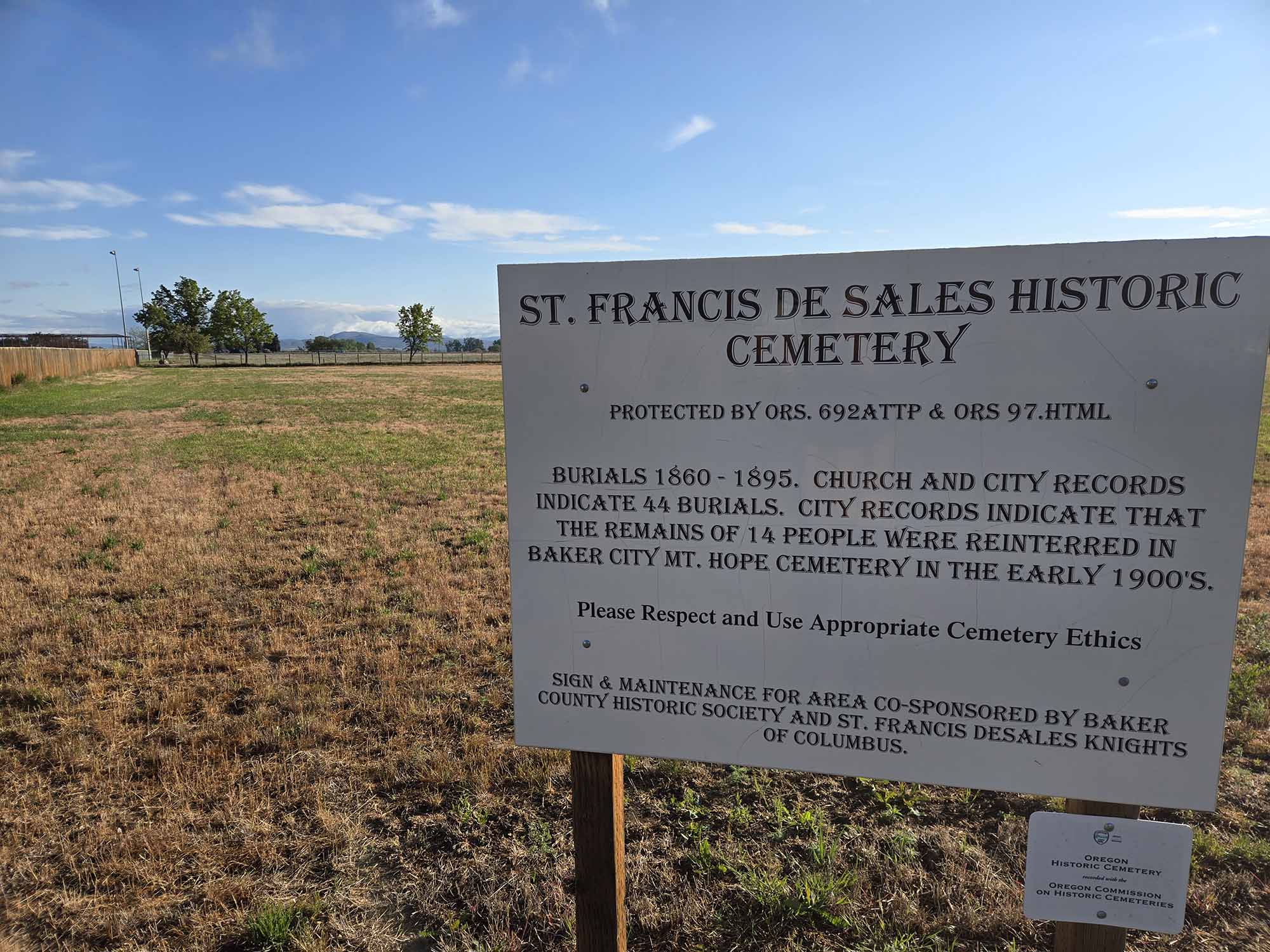Baker’s hay crop looks like a bumper
Published 12:00 am Tuesday, June 24, 2008
By ED MERRIMAN
Trending
Baker City Herald
After two disastrous years of drought and shrunken hay crops, Baker County hay production is soaring due to wet spring weather, but not enough to dampen alfalfa hay prices.
Even with a third more alfalfa hay coming off the first cutting this spring, Baker County rancher Gordon Colton said prices remain strong at around $200 a ton for dairy quality alfalfa hay, and andquot;$100 a ton standing in the fieldandquot; for feeder alfalfa hay.
Trending
Despite the better first cutting this year, Colton said he expects hay prices to remain near the current historic highs because of all the hay ground that’s been plowed under and converted to corn or wheat to supply the growing demand for ethanol fuel.
Colton said last year’s drought was the worst he’d ever seen, but in a complete weather reversal, he said this year’s cold, rainy spring was the wettest he’s seen.
andquot;That doesn’t sound like global warming,andquot; Colton said.
The wet weather has been good for hay crops across the northern end of Baker County, where Colton reported the first cutting of alfalfa hay on higher ground looks to be around 3 tons per acre, which is about a third more than last year’s first cutting.
In the lower meadows, where ranchers were allocated nearly twice as much water from Phillips Reservoir compared with last year, Colton said the ground is just now drying out enough to start cutting hay.
In the Bowen Valley and Elk Creek area south of Baker City, rancher Cal Foster said he’s looking at a hay crop of around 1,600 to 1,800 tons, up from the 1,100 tons he harvested last year when andquot;there was a drought and no water in Elk Creekandquot; to irrigate.
This season, Foster said enough rain fell to produce 2 to 2.5 tons per acre of alfalfa hay in the first cutting without any irrigation.
andquot;This year the hay crop looks like it is going to be very good, especially considering how bad it was last year,andquot; Foster said. andquot;Elk Creek is still running strong, and it’s almost July.andquot;
Colton said Phillips Reservoir is about 90 percent full, and more water is still running into the reservoir than irrigators are taking out.
He said the Powder River is still running strong in northern Baker County.
Now that there’s plenty of water for this year’s hay crop, Foster and Colton said they’re hoping the grasshopper infestation doesn’t destroy what otherwise is shaping up to be a good alfalfa hay crop.
andquot;Right now, we don’t have grasshoppers as bad (in the Bowen Valley) as they do in the north end of Baker County,andquot; Foster said.
andquot;There’s some small grasshoppers in the sagebrush, but not so much in the hay ground,andquot; Foster said.
Over the past two years, Oregon hay stocks plummeted from more than 1.7 million tons on hand Dec. 1, 2006, to 180,000 tons on May 1, 2007, before bottoming out around 150,000 tons on May 1, 2008, according to the Oregon Agricultural Statistics Service.
The 150,000 tons on hand in May represented 5.1 percent of the 2007 alfalfa hay crop production, breaking last year’s record for lowest stocks on hand since 2000, the statistics service reported.
Last year Oregon produced 3 million tons of hay the smallest total this century. At that level Oregon ranks 19th in the nation, according to the statistics service.
Last year’s dismal crop compares to the region’s record high alfalfa hay production of 7.5 million tons set in 1999, followed by 7.1 million tons in both 1970 and 1990.
Oregon was not alone in producing one of the worst alfalfa hay crops on record last season. Alfalfa hay production also fell in Idaho from 5.7 million tons in 2006 to 5.4 million tons in 2007; and plunged nearly a third in Washington state from 3.1 million tons to 1.3 million tons.
Baker County ranks fifth in alfalfa hay acreage in Oregon at 69,000 acres, behind first place Lake County with 132,000 acres, Harney County with 107,000 acres, Malheur with 88,000 and Klamath County with 85,000 acres, according to figures from 2006 released by the statistics service.








